Atlas cedar: description and tips for growing
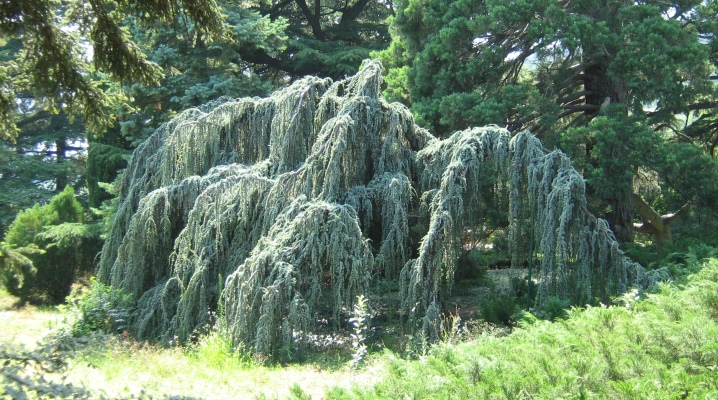
The majestic cedar has long been considered a tree endowed with miraculous energy, capable of purifying thoughts, awakening the soul, and energizing. For a long time, people have learned to admire cedars not only in mountainous areas, but also on their own plots, because many decorative species are quite suitable for planting near the house. One of these varieties is the Atlas cedar.
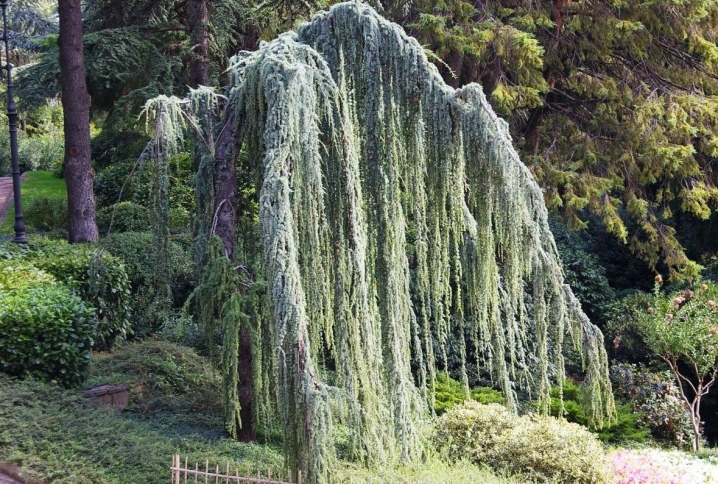
Description
In its natural environment, this species grows in North Africa. The culture reaches a height of 40 m, has a pyramidal loose crown and dense blue-green needles formed into bunches. In the third year of life, the buds of the plant ripen, they are dense and have a shining light brown color.
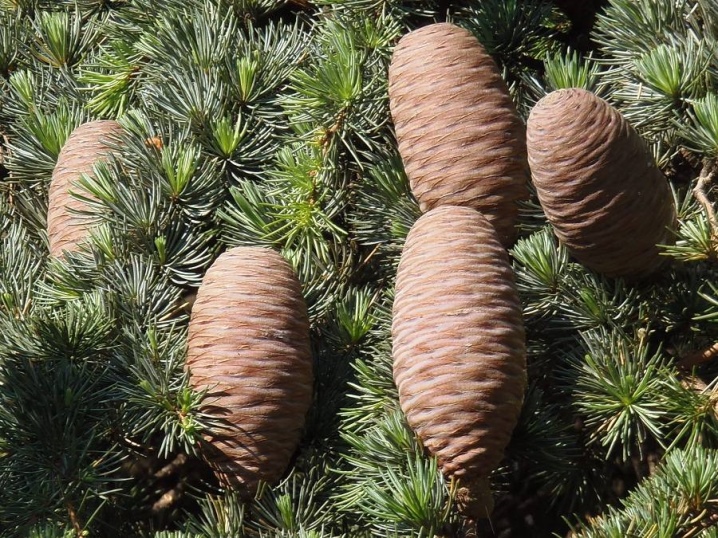
At a young age, such a cedar grows quite quickly. Differs in good frost resistance, and also tolerates drought well. Withstands short-term drops in temperature up to -20 degrees. The tree tolerates smoke, dust, gas, but loves light very much.
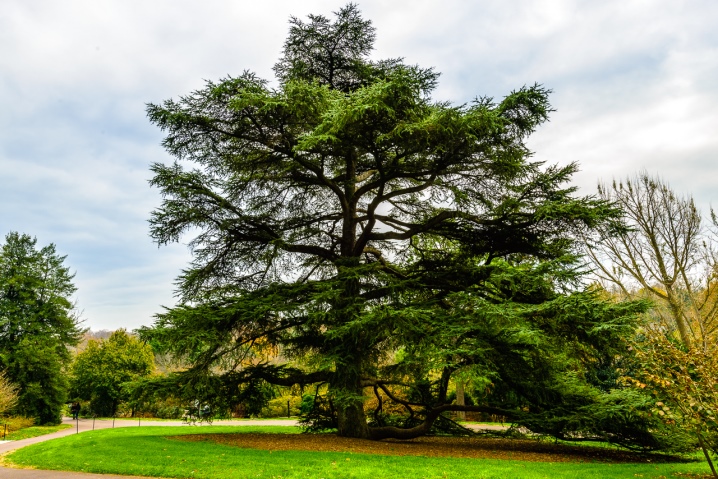
Atlas cedar can suffer from an excess of water. In addition, it reacts negatively to lime content in the soil. These features should be taken into account before planting it on the site.
Varieties
Varieties of this type are often used for park construction on the Black Sea coast. In landscape design, they are used to create groups, arrays, alley and single plantings. You can divide the varieties into separate groups. For example, in their form, they are:
columnar;
pyramidal;
raised pyramidal;
weeping;
blue weeping.

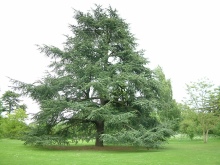
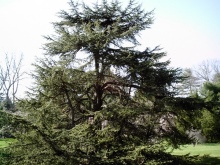
The subspecies of the Atlas cedar differ in the color of the needles:
silvery;
blue;
golden.
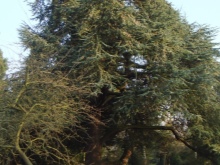

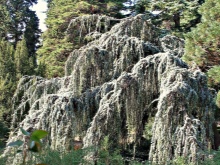
The most popular varieties of the species:
Fastigiata. Differs in a more elongated crown, short branches, directed upwards. The needles give off a bluish tint. The tree grows up to 2 m in height.
Glauca. Another decorative variety that can be seen quite often on personal plots. It is characterized by dense branches and attractive blue-gray color of needles.
Glauca Pendula. It is a weeping variety with bluish needles. Sometimes the variety is called "Sizym weeping". Differs in dense hanging branches. It can reach a height of 6 m.
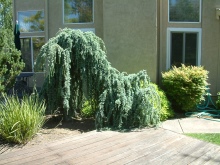
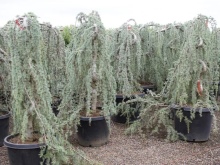
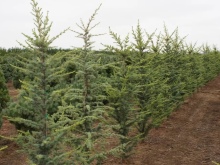
I would like to dwell on the last variety in more detail, since it belongs to the most popular varieties. The crown of the tree is formed by elongated shoots, on which shortened forms are formed. On long branches the needles are located singly, on shortened needles they accumulate in bundles of 30-40 pieces.
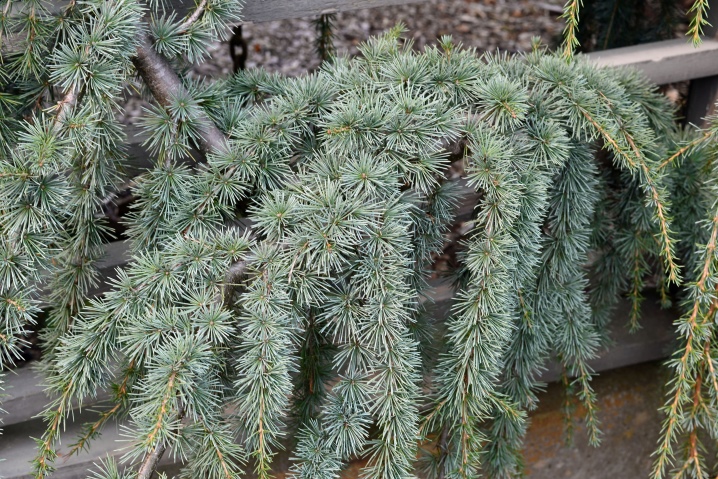
This variety is in demand in our country because of its resistance to the Russian harsh winter, and also tolerates dry times well and even the calcareous composition of the soil rarely becomes a problem for it. The only requirements for the content are the absence of excess moisture and a well-lit area.
The "Glauka Pendula" variety is obtained by grafting a weeping branch on a regular Atlas cedar. Reproduction is possible by spring grafting. It is widely used in ornamental gardening.
Landing
If the tree is grown from seed, then planting is done after stratification into sawdust or loose air-permeable soil. Shoots can be seen in a couple of weeks. Next, the seedlings are transplanted into separate containers.
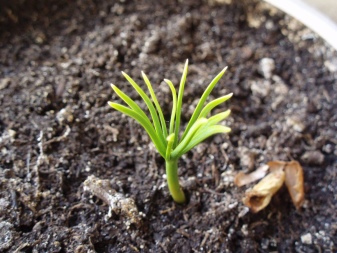
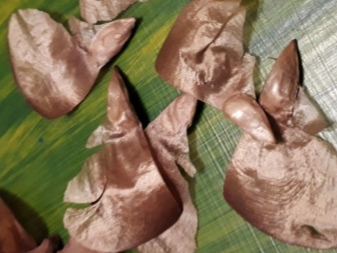
This is a long-term growing method that takes several years and requires horticultural experience, so for the sake of simplicity it is recommended to purchase a ready-made seedling from a proven nursery.
The optimal time for disembarkation is early spring. At this time, the soil is already warmed up, and the kidneys have not yet opened. Planting is possible in the fall, but then there is a possibility that the young specimen will not have time to adapt to a new place before the onset of cold weather.
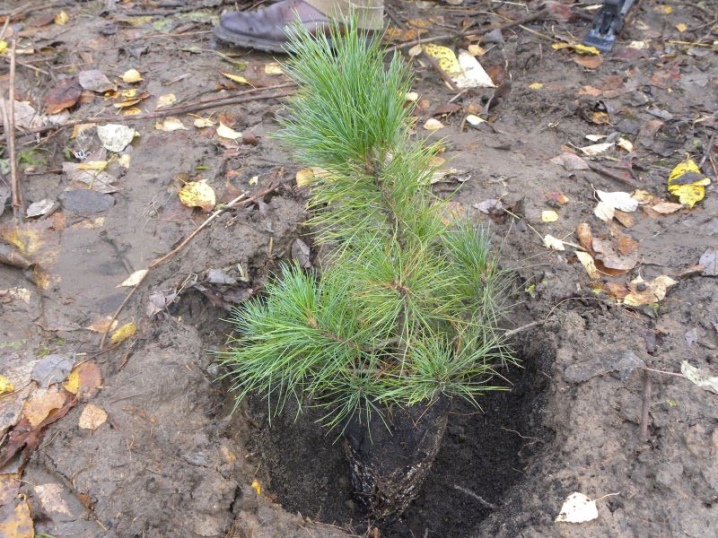
Choose an area that is well lit by the sun for at least half the day as the most suitable place for planting. It should also be well protected from the wind, and the distance to adjacent landings and fences should not be less than 4 m. The planting process is as follows.
Dig a hole 60 cm deep and 60-70 cm in diameter.
Combine turf and humus in proportions of 3: 1, respectively. Can be added to the mixture with wood ash.
Make drainage from rubble or expanded clay with a layer of 15-20 cm.
Place the seedling along with the earthy clod in the hole.
Fill the empty space with the prepared nutrient mixture and compact the soil around the tree.
Moisten the planting area liberally. First fill in 1-2 buckets of water. When the moisture has been absorbed, pour the shoot again with the same amount of water. The water must be settled within 24 hours.
Mulch the near-trunk circle with peat or black soil.
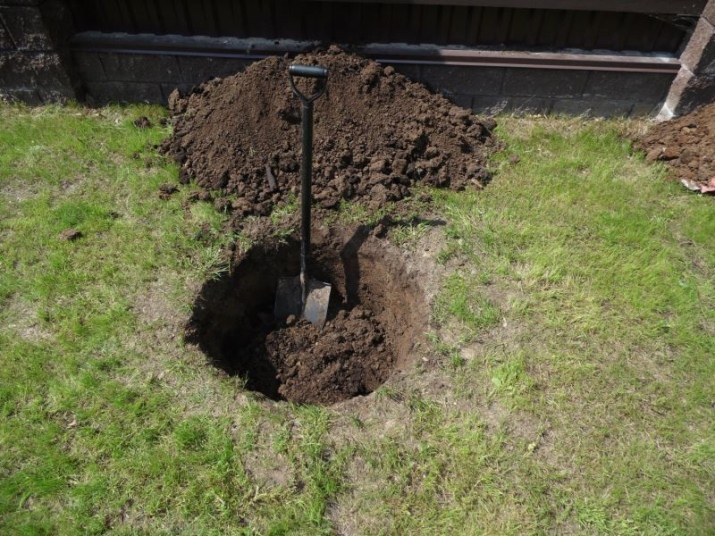
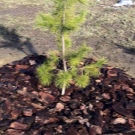
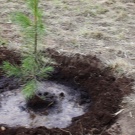
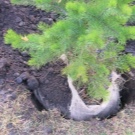
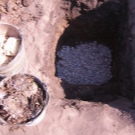
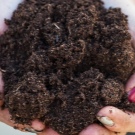
Care
During the first few years, the young tree needs to be tied up, since its rhizome has not yet matured. In the first year from March to April, it is required to cover the young specimen with a thin layer of gauze or other covering material. The cedar needs insulation in the first winters.
In order for the plant to wake up well from hibernation, it is recommended to water it abundantly in the spring, as soon as the soil warms up. During the summer months, the crop needs to be watered weekly, and in hot weather, you can increase the number of waterings up to twice a week.
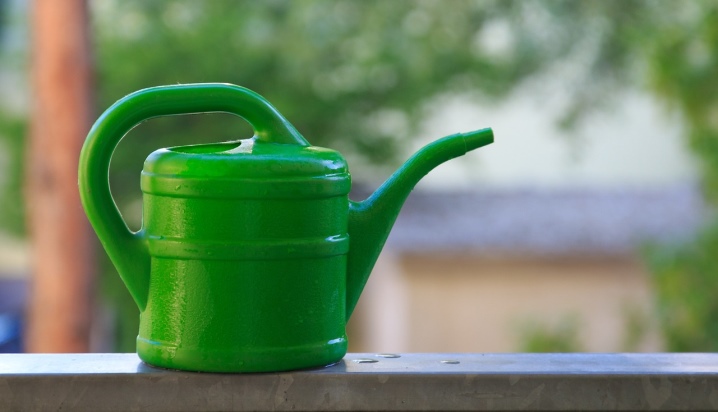
Periodically, you need to fertilize the tree and loosen the trunk circle. In the spring, nitrogen fertilizing is suitable, complexes with a nitrogen content will also be optimal for June, and in July it is better to give preference to potassium-phosphorus mixtures.
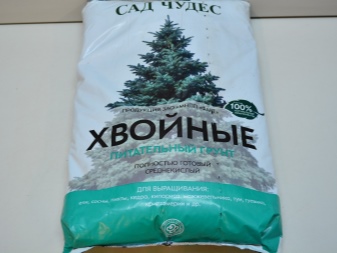
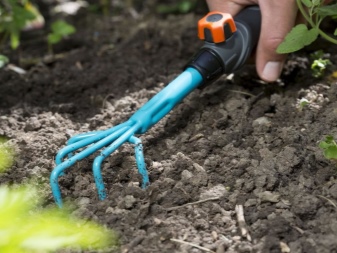
In the spring, you need to carry out sanitary pruning. This procedure involves the elimination of damaged and frostbitten branches.
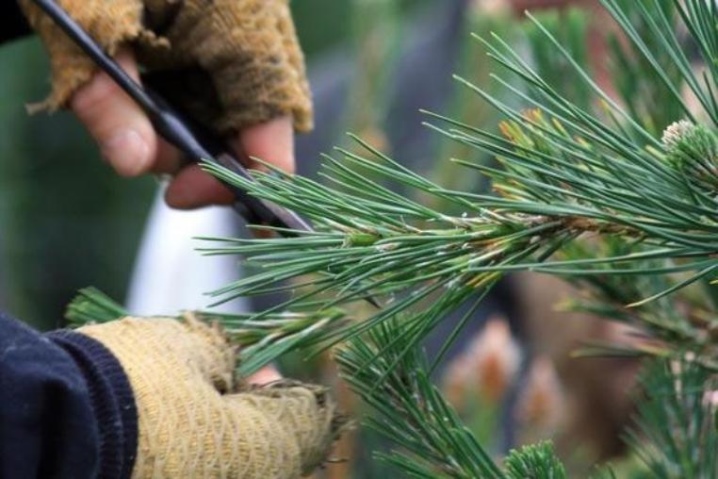
As a preventive measure in spring, summer and autumn, it is recommended to treat the tree with fungicides to protect against diseases.
For more information on Atlas cedar, see the video below.



































































The comment was sent successfully.